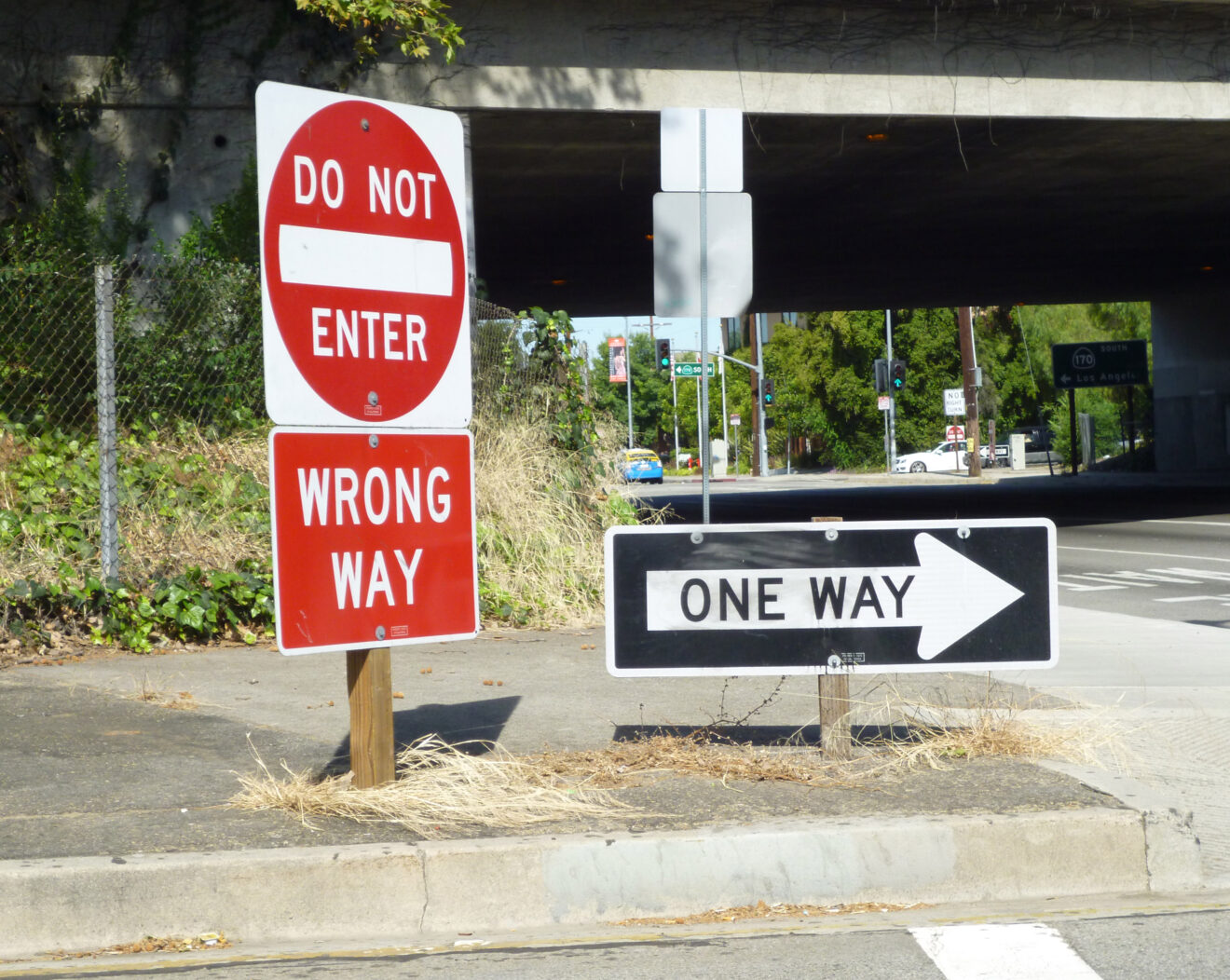By Sean Poole, Managing Director, Kyra Solutions’ IntelliRoad Practice
Wrong-way driving (WWD) is a deadly threat on our nation’s highways. While in some areas it can be a rare occurrence, when it does happen, the consequences are often catastrophic – typically high-speed, head-on collisions, often involving confused or impaired drivers that result in serious injuries and fatalities.
While the risks of wrong-way driving are widely understood, one challenge often overlooked is the difficulty of identifying and managing these events in real-time. Current detection systems, though valuable, tend to generate too many false alarms and unreliable alerts. This not only frustrates traffic management professionals but can also lead to delayed responses at a time when every second counts.
Transportation agencies and technology providers recognize that the traditional approach to wrong-way detection needs a significant and meaningful refresh. The objective of this refresh isn’t just the addition of more cameras and sensors; it’s the development of smarter systems software that integrates with existing operations and uses curated data to deliver clear and timely alerts, empowering traffic management professionals and motorists to make faster, more confident decisions.
It’s not just about detecting the vehicle
Many existing wrong-way detection systems, particularly those relying on thermal cameras or basic video technologies, are evaluated based on one metric: did the system detect the vehicle?
While detection is certainly important, it doesn’t tell the full story. If a WWD system triggers an alert every time a vehicle makes a U-turn, every time lawncare services are working on the roadside, or even when a bird flies in front of a camera, traffic management professionals can quickly become desensitized to these alarms. Over time, this volume of alerts – many of which are false alarms – can extend reaction time and increase the potential of overlooking the one alert that matters most.
False alarms waste valuable time and resources. Crews are sent out on wild goose chases, operators lose focus, and the system risks becoming more noise than signals. This is why it is crucial for WWD detection to evolve from basic motion sensing to a more intelligent, context-aware system.
What traffic management professionals actually need
In our experience developing and testing WWD systems, we’ve found that the best tools are the ones that behave like part of the traffic management operations team. These systems don’t just send out alerts – they help prioritize, confirm and escalate what truly matters.
In speaking with many transportation agencies and traffic management professionals, we’ve identified several important features and capabilities:
The goal isn’t to overwhelm operators with a high volume of alerts, but to provide clear, actionable information. A good alert should specify the location of the incident, indicate its confidence level, and ideally include an image to help operators make quick decisions. This reduces response time and eliminates second-guessing.
- Better alerts, not just more of them
The goal isn’t to overwhelm operators with a high volume of alerts, but to provide clear, actionable information. A good alert should specify the location of the incident, indicate its confidence level, and ideally include an image to help operators make quick decisions. This reduces response time and eliminates second-guessing. - Flexible settings
Every ramp and roadway is unique. Systems should be adaptable to local conditions, traffic flow, and operator experience, with the flexibility to tweak settings without needing to go back to the vendor for every minor adjustment. - Seamless integration
If a detection system doesn’t connect with the agency’s existing tools and workflows, it becomes another screen to manage. Alerts should feed directly into the platforms operators are already using, whether it’s for traffic signage, incident response, or logging. - Built for continuous improvement
No system is perfect from the start. The best solutions support ongoing optimization, using feedback from the field and curated data to improve performance over time. This iterative approach builds confidence and ensures the system stays aligned with real-world needs.
Real-world insights from the field
Kyra Solutions’ IntelliRoad Practice put this approach to the test in a multi-phase pilot with the Central Florida Expressway Authority (CFX). Over the course of a year, we collaborated to deploy, operate, and evaluate Kyra’s LiDAR-based WWD system at an off-ramp on State Route 528.
The WWD system featured:
- Real-time alerts with images.
- User-friendly dashboards.
- Cloud-based data logging.
- Integration with CFX’s existing traffic management platform.
This was not a “set it and forget it” initiative. We worked closely with the CFX team, implementing feedback, refining settings and adding features based on their input. As a result, false positives were reduced by a third, and the system captured every real incident that occurred. This type of collaboration was crucial to the system’s success.
Getting it approved and ready to scale
After a year of testing, the system was officially approved for live deployment by CFX. Around the same time, the system was also approved on Florida’s Approved Products List, which means it met the state’s standards for performance, reliability, integration and security.
Why does this matter? It’s significant because for other agencies looking to improve their WWD capabilities, the system is already vetted. There’s less red tape, and they can deploy a proven solution with confidence in a reduced time frame.
Moving forward: What smart safety really looks like
WWD detection is about more than identifying vehicles traveling in the wrong direction; it’s about building trust – trust in the system, the alerts and the ability to respond swiftly when every moment counts.
The best systems do more than detect; they inform, they integrate and they evolve. They empower traffic management teams to act faster and with more confidence, keeping roads safer for everyone.
As agencies continue to modernize their safety operations, one thing is clear: It is not just about more technology; it’s about smarter systems that positively influence driver behavior, empower traffic operators to perform their jobs more effectively and ensure the safety of all who use our nation’s roadways.
